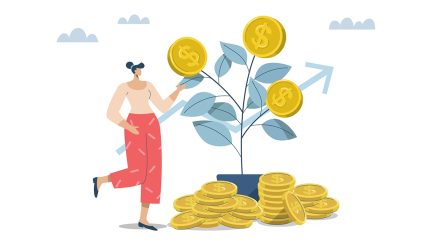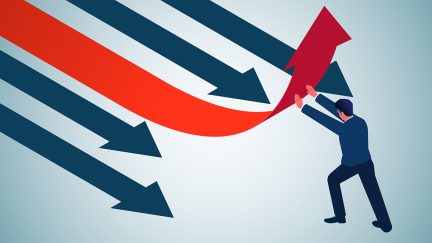Never miss a story — sign up for PLANSPONSOR newsletters to keep up on the latest retirement plan benefits news.
The Humble 401(k) Plays Outsized Role for Many
Originally conceived as a supplementary savings vehicle to complement pensions, 401(k) plans now form the core of many American’s hopes and expectations for the long-term financial future.
A new survey of 1,000 plan participants published by Schwab Retirement Plan Services underscores the outsized role of the 401(k) plan in Americans’ financial lives, with a majority (58%) saying it is their only or largest source of retirement savings.
According to Steve Anderson, president of Schwab Retirement Plan Services, those surveyed seem to have a realistic target for retirement, but many likely aren’t on track to get where they want to go. Too many overlook the potential benefits of getting advice, he adds.
Catherine Golladay, chief operating officer, observes that many of those surveyed seem to be taking a “set it and forget it” approach to their 401(k), with less than half saying they have increased their contribution percentage in the past two years. And when asked how they decided how much to contribute to their plan initially, 55% say they chose a percentage they were comfortable with, 36% contributed as much as their employer matched and 8% were automatically enrolled at a default percentage chosen by their employer.
Half of those surveyed (51%) are contributing 10% or less of their salary to their 401(k), with the average annual contribution totaling $8,788.
“This is a good start but may not be enough, especially if you start investing for retirement later in life,” Anderson says.
To put this in perspective, Schwab research has determined that if a person starts saving in their 20s, they will likely be able to retire comfortably by investing 10% to 15% of salary each year. But if the person doesn’t start until age 45 or older, this could require deferrals of as much as 35% of the annual salary.
“Any effort to set aside money for the future is worthwhile” Golladay says. “That said, money intended for retirement has far more growth potential if it’s invested through an IRA or health savings account, for example, than if it’s placed in a regular savings account. Having access to more investment education could help participants get more out of their investments, both inside and beyond their 401(k) accounts.”
Other survey results show many participants leverage and find value in web-based financial tools, with just over half (52%) saying they have used an online retirement calculator. Of those who have used one, 71% felt encouraged and wanted to learn more, and 61% took positive actions related to their finances, such as increasing their 401(k) contributions, changing their spending habits or accessing online advice.
“It’s so encouraging to see people using online resources to take their financial pulse, and even more encouraging that many are taking action” Golladay says. “ The next step would be talking with a financial professional, a service many people can access through their 401(k). We believe everyone can benefit from professional financial advice, and by offering it at work, employers can help move their employees from saving to investing to true financial ownership.”
According to the survey, the vast majority of participants (87%) consider a 401(k) a must-have benefit. Only health insurance ranked higher (89%). The top obstacles participants face when trying to save for retirement are paying for unexpected expenses like home repairs (37%), paying off credit card debt (31%), and needing enough money for basic monthly bills (30%). Fourteen percent named paying off student loans as an obstacle.
They survey further shows that a quarter of participants have taken a loan from their 401(k). Of those, more than half have taken multiple loans.
You Might Also Like:
Digital Platform Her Agenda Teams With Ad Council, AARP to Spotlight ‘Pretirement’ for Women
Middle Class Financial Resilience Remains Greater Than Historical Norms, but Pressure Mounts
Despite Strong Participation Rates, Many Nurses Face Savings Shortfall
« PSNC 2019: Benefits as Part of a Modern, Inclusive Culture


